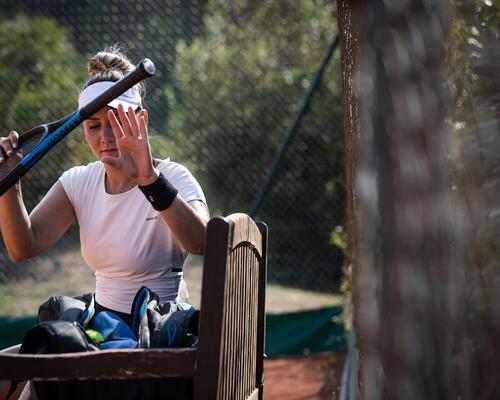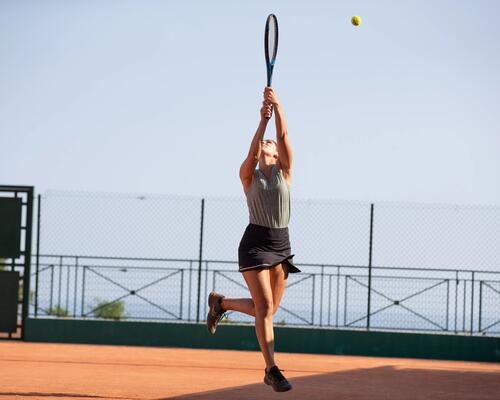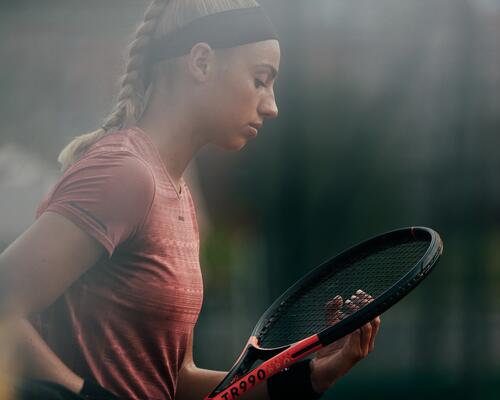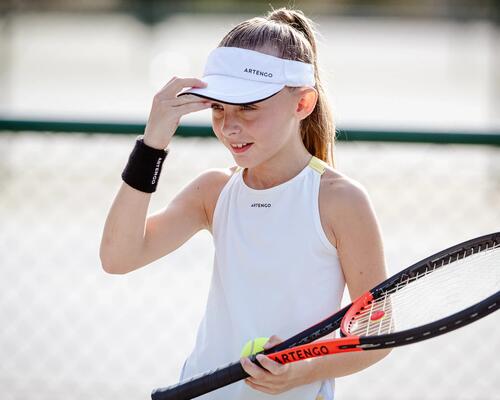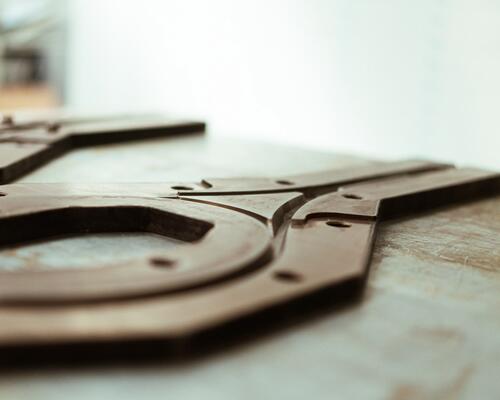So what does balance really mean, and how do you measure it?
Balance is measured in centimetres from the start of the handle to the balance point.
Balance is generally somewhere around 30 cm to 34 cm, but on rare occasions may fall outside this range.
It can be easily measured using a ruler and an object on which to balance it.
Simply adjust the racket until it balances and check the measurement on the ruler.


